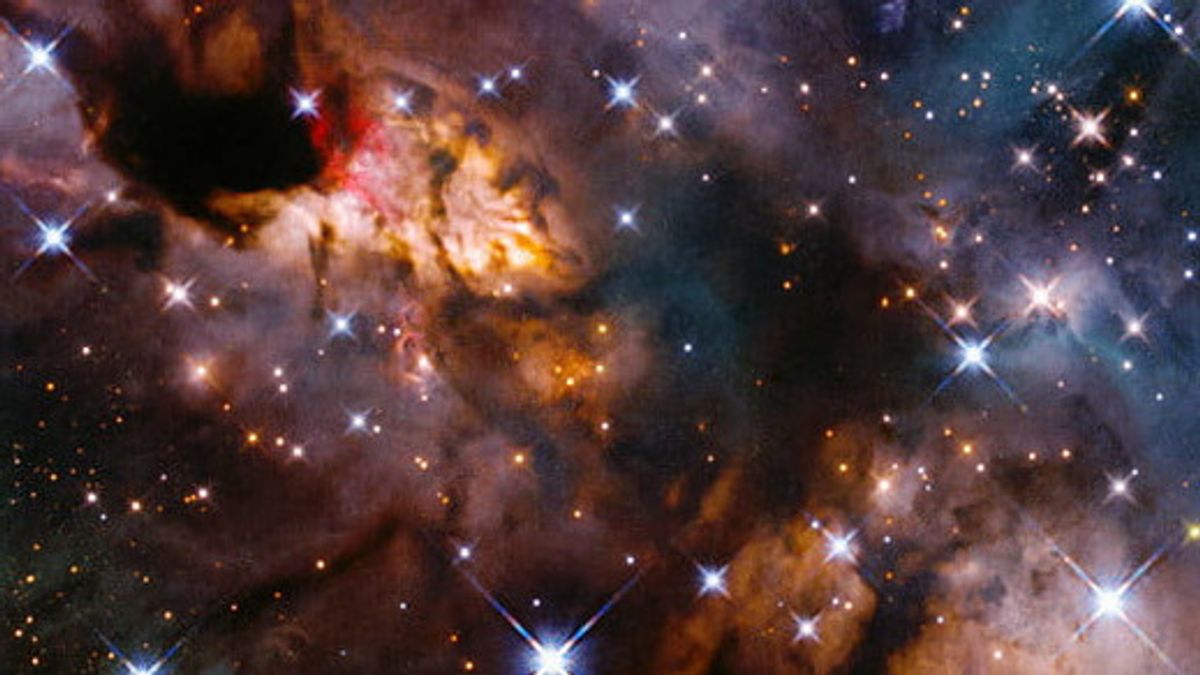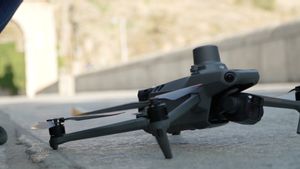JAKARTA - The Hubble Space Telescope is back to show off by catching a shrimp in the sky which is truly amazing.
This week, Hubble caught a rather unexpected shrimp-shaped Nebula. The beautiful Shrimp Nebula is located about 6,000 light-years away in the tail of the constellation Scorpius.
Despite the nebula's massive size, stretching over 250 light-years, it can rarely be caught because it is so dim, emitting only a small amount of light.
Visible stars appear blue-and-white, but otherwise most of the stars in the nebula emit light in other parts of the spectrum that are invisible to the human eye.

Nebulae are busy star-forming regions, creating individual stars and star clusters. Between these points of light are voids that are created when a hot star emits stellar winds that blow away matter such as dust and gas.
This Hubble Space Telescope image was taken as part of a survey of massive and medium-sized protostars, or newly formed stars.
Astronomers used the infrared sensitivity of Hubble's Wide Field Camera 3 to look for hydrogen ionized by ultraviolet light ionized by protostars, emission from stars, and other features.
The results from Hubble's images, in both visible and infrared wavelengths, allowed him to see in greater detail the beautiful swirls of dust and gas in the Shrimp Nebula.
"The Shrimp Nebula, also known as IC 4628, is an emission nebula, which means the gas has been energized, or ionized, by radiation from a nearby star," Hubble astronomers said.
Scientists add that radiation from this massive star releases electrons from the nebula's hydrogen atoms. When an electron is energized it returns from its higher energy state to a lower energy state by recombining with the hydrogen nucleus.
"They emit energy in the form of light, causing the nebula's gas to glow. In this Hubble image of the Shrimp Nebula, the red color indicates the emission of ionized iron," explained the astronomer.
To show why it's nicknamed the Shrimp Nebula, Hubble scientists have also released an image of the full nebula below.
The English, Chinese, Japanese, Arabic, and French versions are automatically generated by the AI. So there may still be inaccuracies in translating, please always see Indonesian as our main language. (system supported by DigitalSiber.id)













